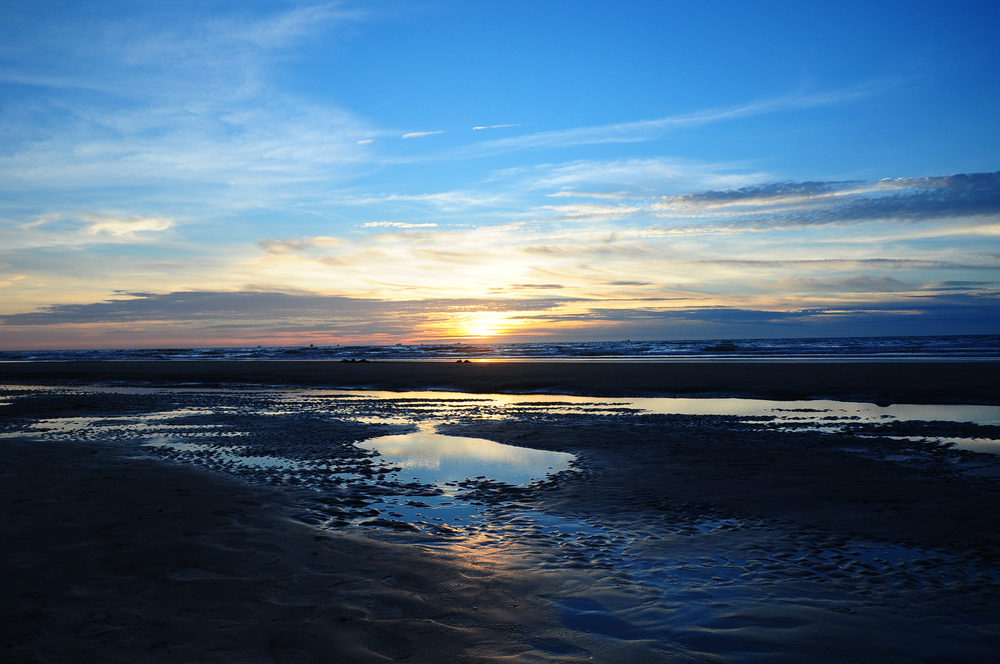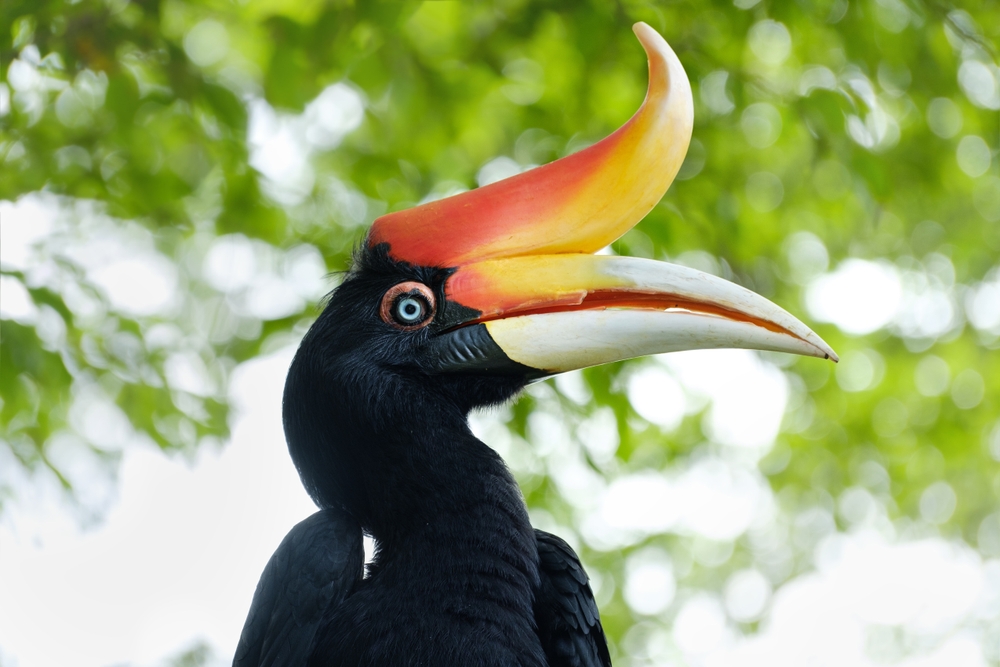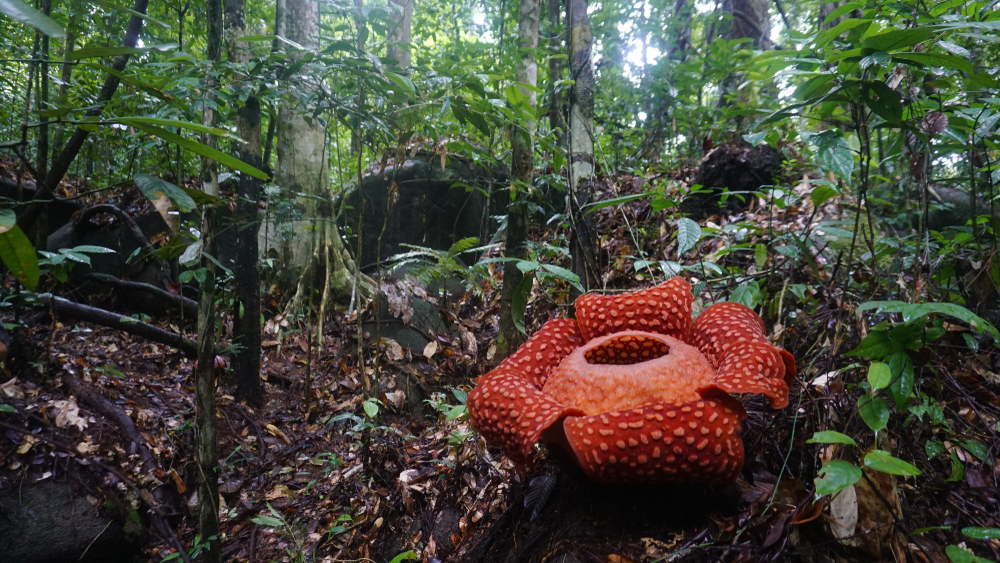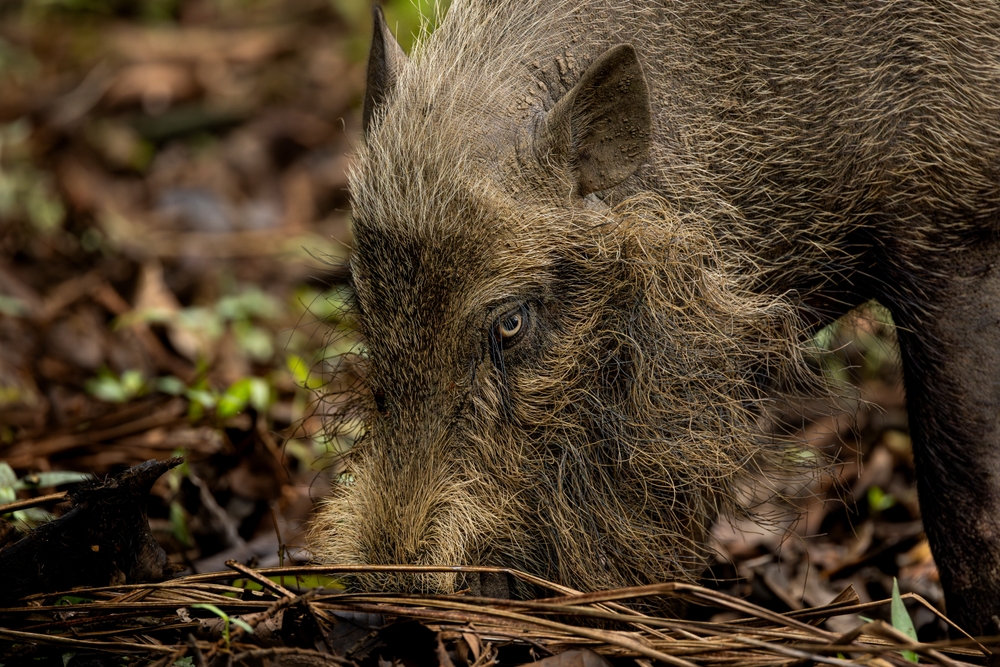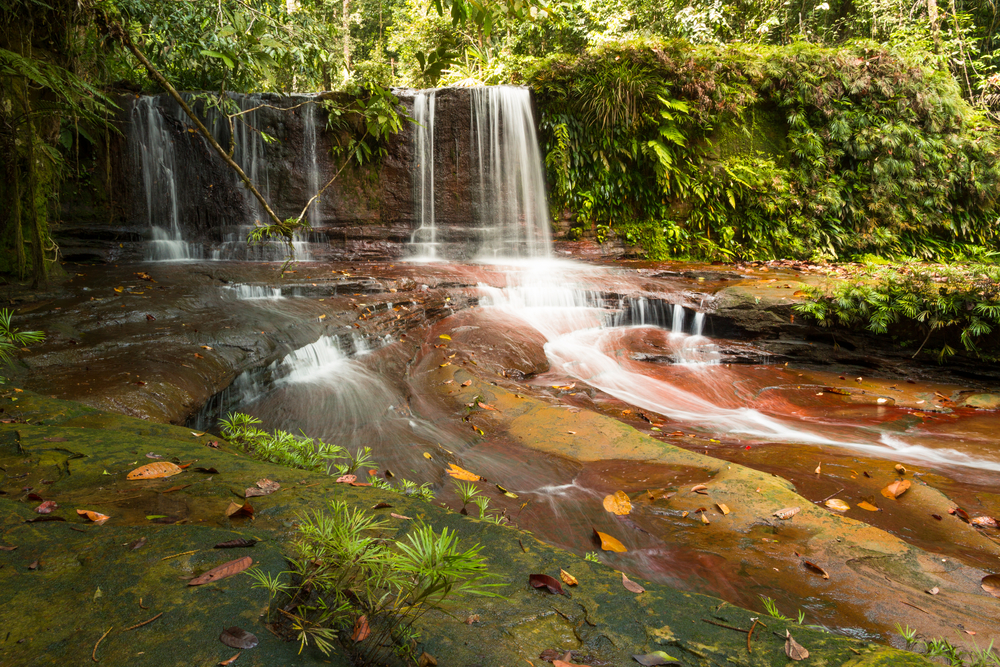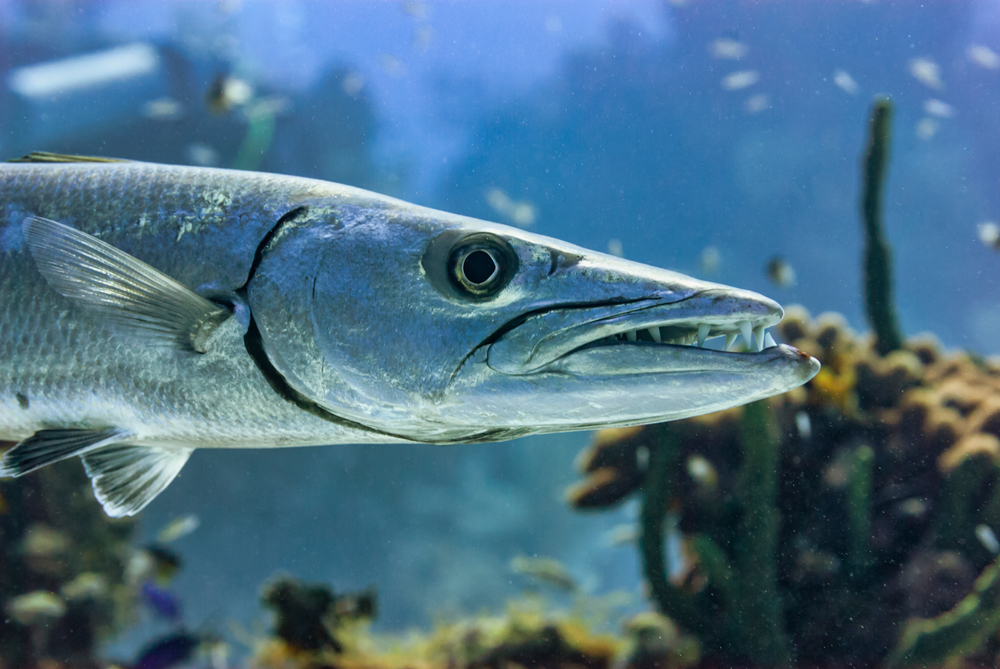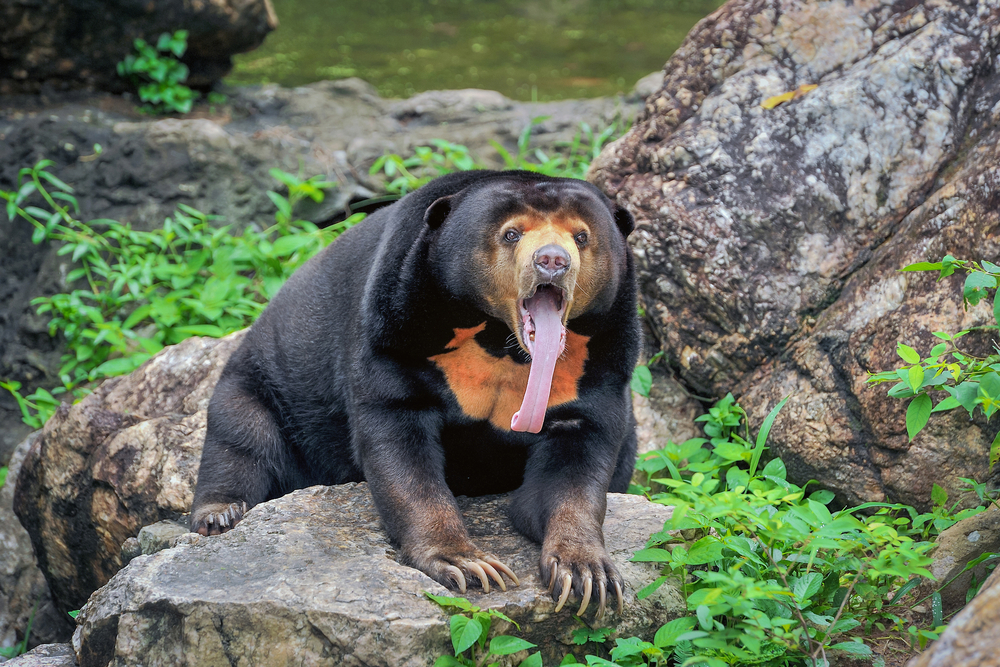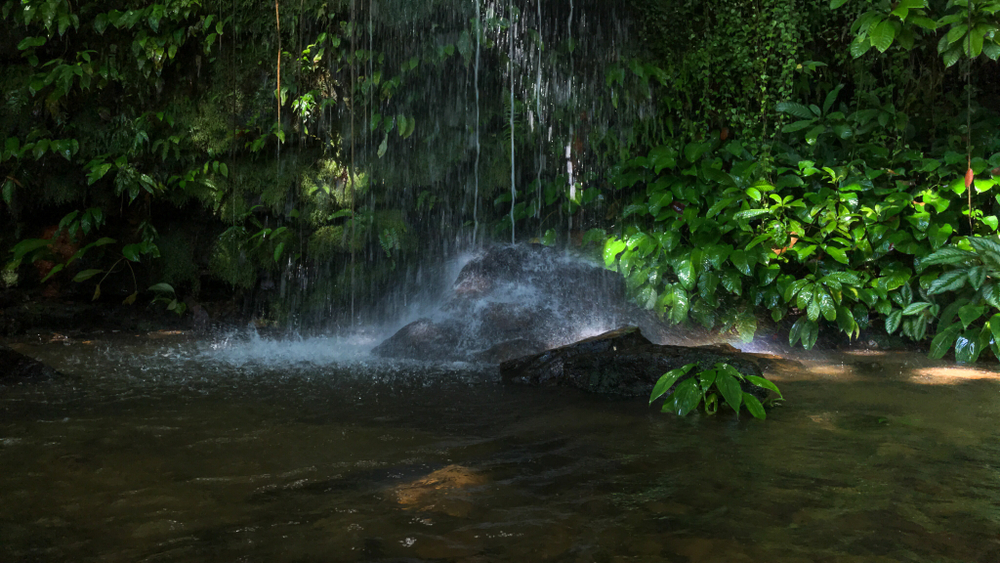Similajau Overview
Similajau National Park, known locally as Taman Negara Similajau, is a vibrant and ecologically diverse reserve located in the Bintulu Division of Sarawak, Malaysia. Spanning approximately 34 square miles (88 square kilometers), this park offers a spectacular array of landscapes, from golden sandy beaches to verdant mangrove forests and dense tropical rainforests. Positioned along the coastline of the South China Sea, Similajau provides visitors with breathtaking views of its pristine shores, set against a backdrop of lush greenery.
The terrain of Similajau National Park is varied and captivating. The park features rugged rocky headlands, sandy beaches, and forested trails that weave through dense vegetation. The Batu Anchau, or “Whispering Rocks,” are a notable geological feature, creating natural amphitheaters where the waves and wind combine to produce a mesmerizing sound.
Several streams and rivers wind through the park, including the Likau River, which flows into the South China Sea, forming a serene estuary. Along its course, visitors encounter waterfalls cascading through the forest, offering tranquil spots for rest and observation.
Similajau is a haven for biodiversity, housing an impressive variety of flora and fauna. Its forests are rich with towering dipterocarps, ferns, and mangrove species that thrive in the wet tropical climate. Wildlife enthusiasts can spot fascinating mammals such as the Bornean bearded pig, long-tailed macaques, and gibbons. The park is also home to the elusive saltwater crocodile, which can sometimes be seen basking along riverbanks.
Birdwatchers will be delighted by the park’s avian residents, including the rhinoceros hornbill, swiftlets, and kingfishers. The park’s marine life is equally enchanting, with occasional sightings of green turtles and dolphins along the coastal waters.
Among Similajau’s popular features is the iconic Turtle Beach, a nesting site for sea turtles, and Golden Beach, renowned for its sparkling sands and crystal-clear waters. Visitors are also drawn to the park’s canopy walkways, offering an elevated view of the forest and an opportunity to observe its wildlife up close. For the adventurous, hiking trails such as the Likau Trail lead through the park’s interior, providing an immersive experience in its rich ecosystems.
Visitors to Similajau can engage with the park through guided nature tours, jungle trekking, and birdwatching excursions. The park’s beaches and estuaries provide opportunities for kayaking, swimming, and picnicking. For those seeking a more in-depth experience, staying overnight in one of the park’s accommodations allows a chance to experience its nocturnal wildlife and serene environment.
Similajau National Park faces conservation challenges, including the impact of deforestation and coastal development in surrounding areas. However, management efforts have been successful in preserving key habitats and promoting sustainable tourism. Awareness campaigns and active involvement of local communities have significantly contributed to the park’s ongoing protection and ecological health.








































































